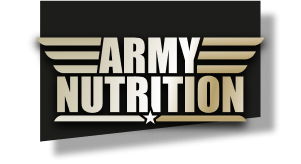Strength Training and its Impact on Testosterone Production
Increasing testosterone levels can be achieved through strength training. During exercise, focus on compound movements with resistance, engaging the entire body. Suitable exercises include squats, lunges, bench press, and deadlifts. It’s advisable to train with higher weights rather than aiming for a high number of repetitions. This approach supports the natural production of this hormone, positively influencing muscle growth. Strength training can also help prevent a decline in testosterone levels in the body as you age.
High-Intensity Interval Training (HIIT)
HIIT, or high-intensity interval training, can also lead to an increase in testosterone. It helps accelerate metabolism and burn body fat. Exercises that activate muscle fibers and induce the production of lactic acid without prolonged duration sharply increase testosterone production. On the contrary, due to the short exercise duration, there is no increase in cortisol levels, which negatively impacts testosterone levels in the body.
High-intensity training also promotes the production of growth hormone. To experience the impact of HIIT on testosterone, incorporate activities such as sprints on flat and uphill surfaces, stair climbing, and jump roping into your training program. Intensive cycling for up to 30 minutes is also suitable.
Endurance Training and Testosterone Levels
Endurance training increases the levels of the stress hormone cortisol, which suppresses testosterone production. If you want to improve your fitness with activities that don’t solely involve intense strength training, good choices include recreational swimming, brisk walking, or hiking.
